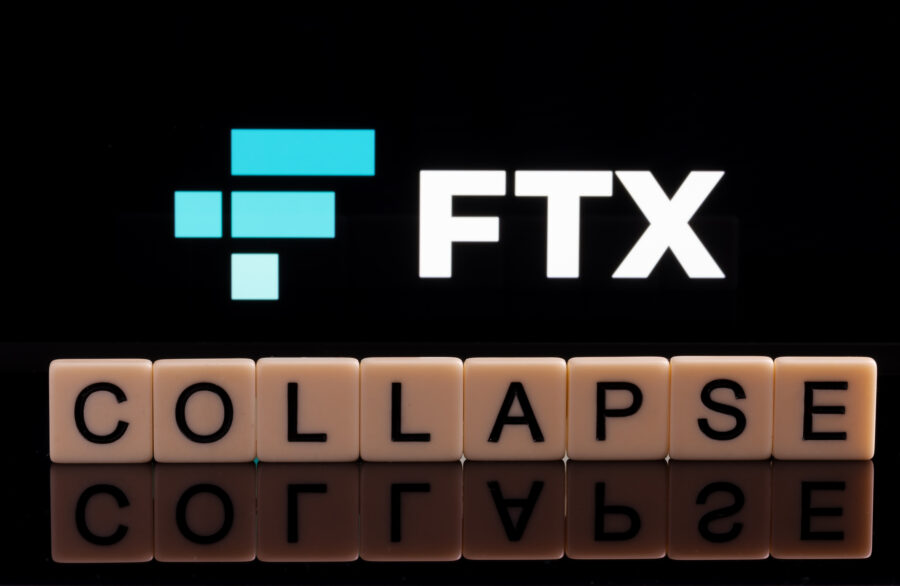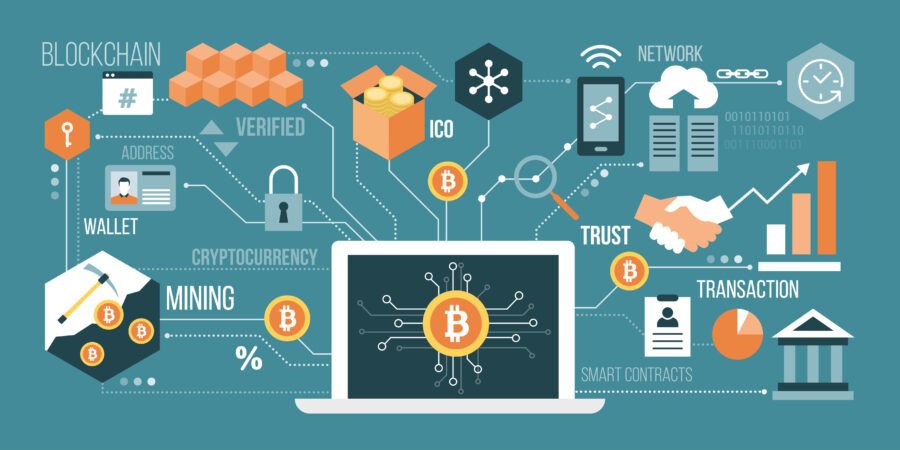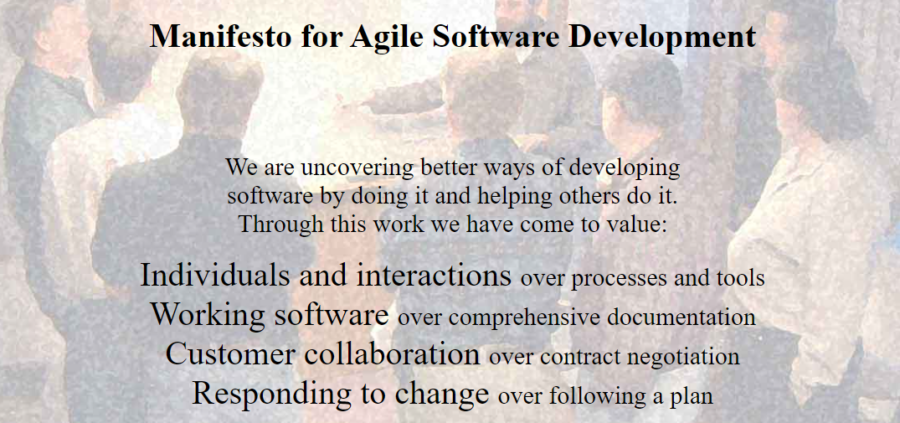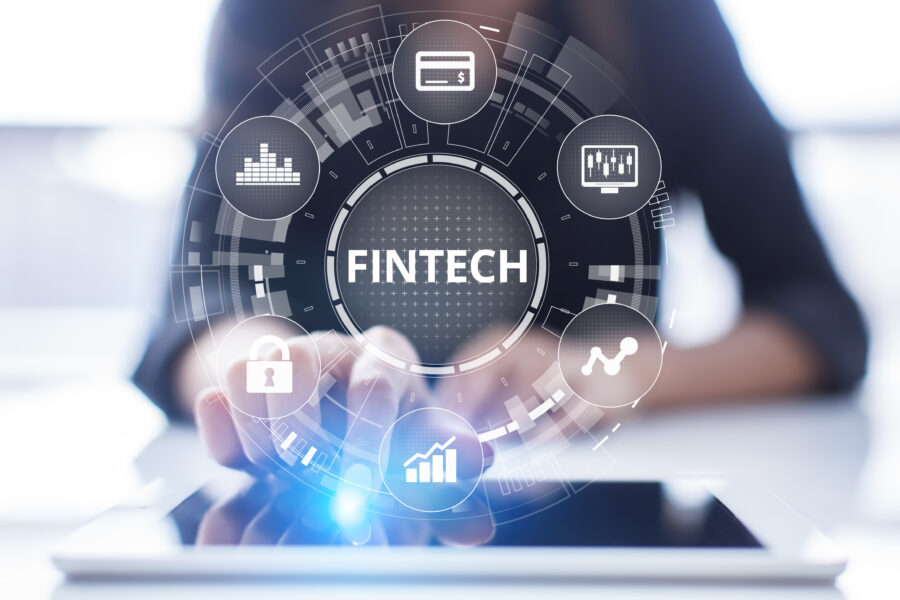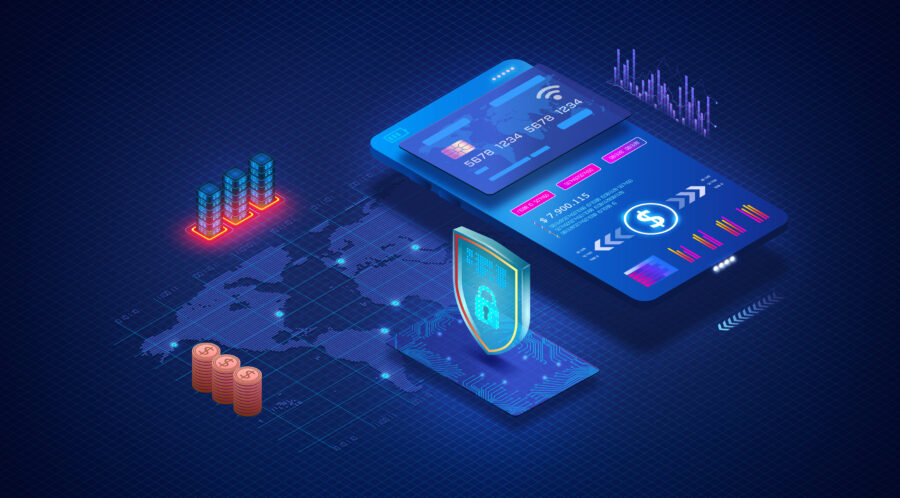
Tokenization – Potentials, Challenges and Use Cases in the Financial Industry Environment
In connection with blockchain technology, the financial industry often talks about the tokenization of assets and attributes enormous potential to it. In the context of the supposed potential of tokenized assets, it is worthwhile to start by taking a more detailed look at the definition of the term. In the first part of this series of articles, potentials and challenges of tokenization in the context of the financial industry are discussed. Selected use cases are presented in the second part and positioning opportunities for financial institutions are outlined in the third part.
Continue reading »



